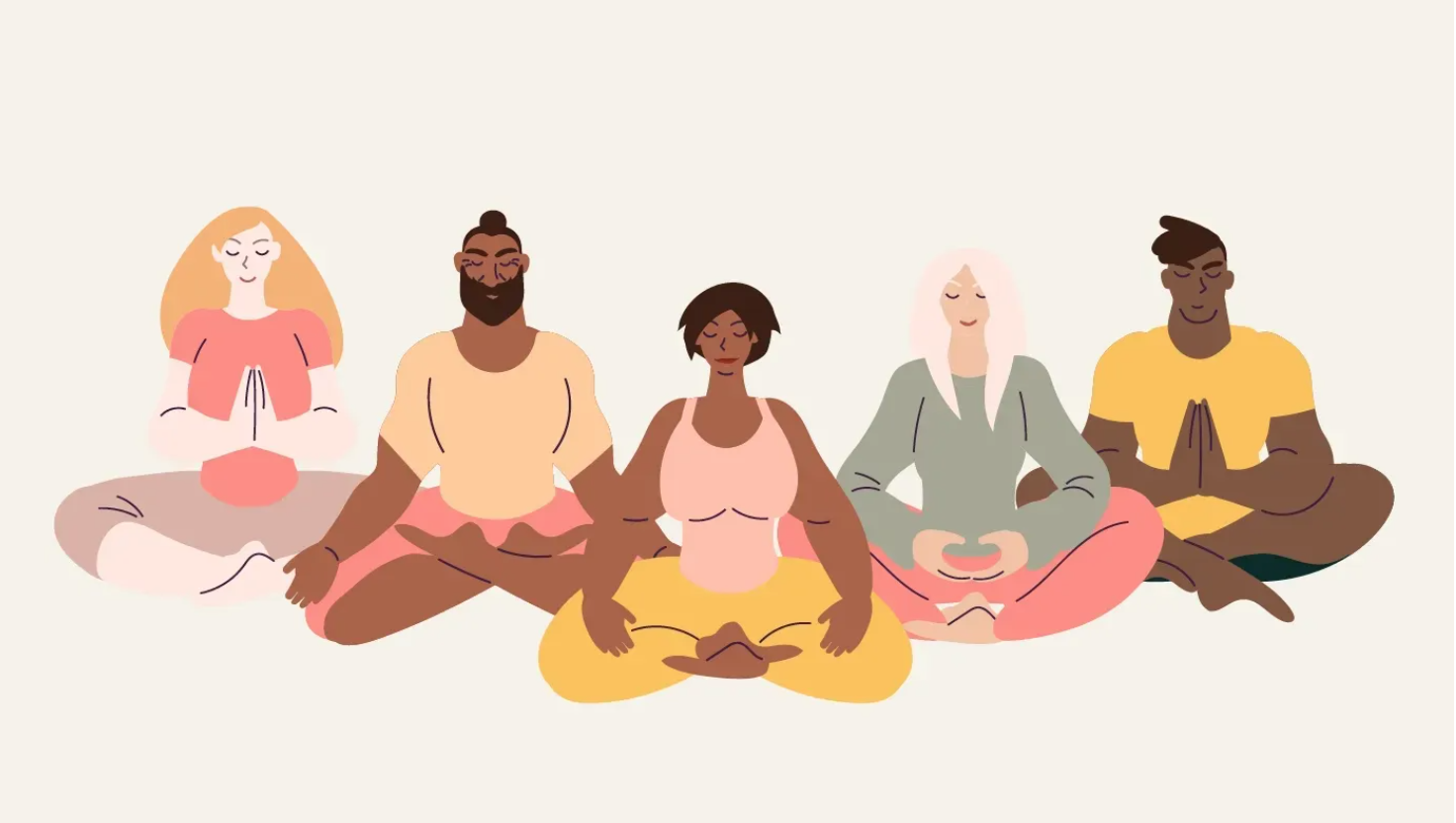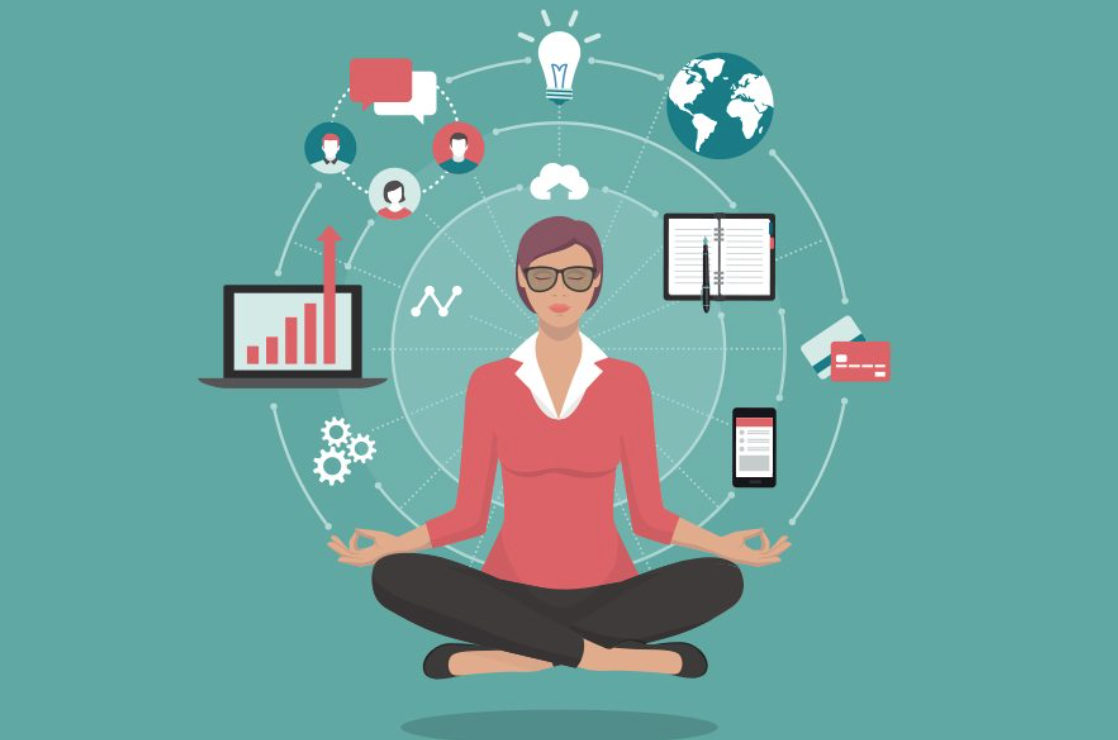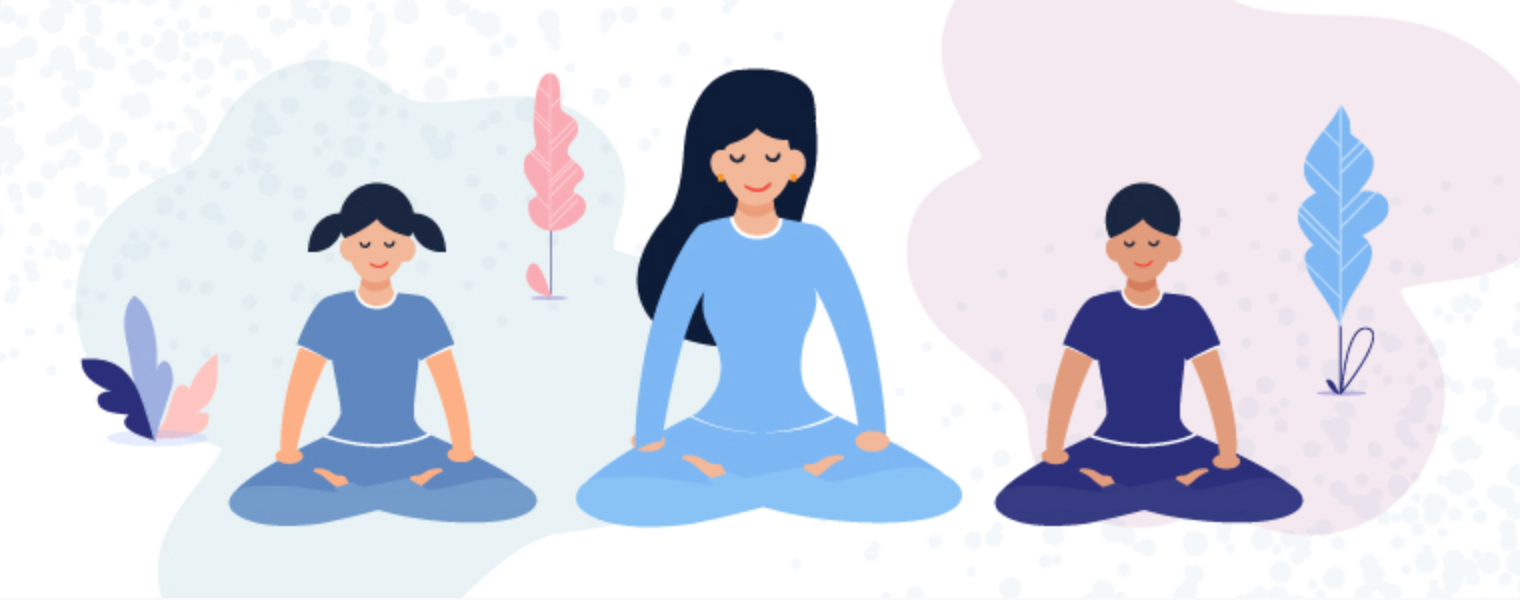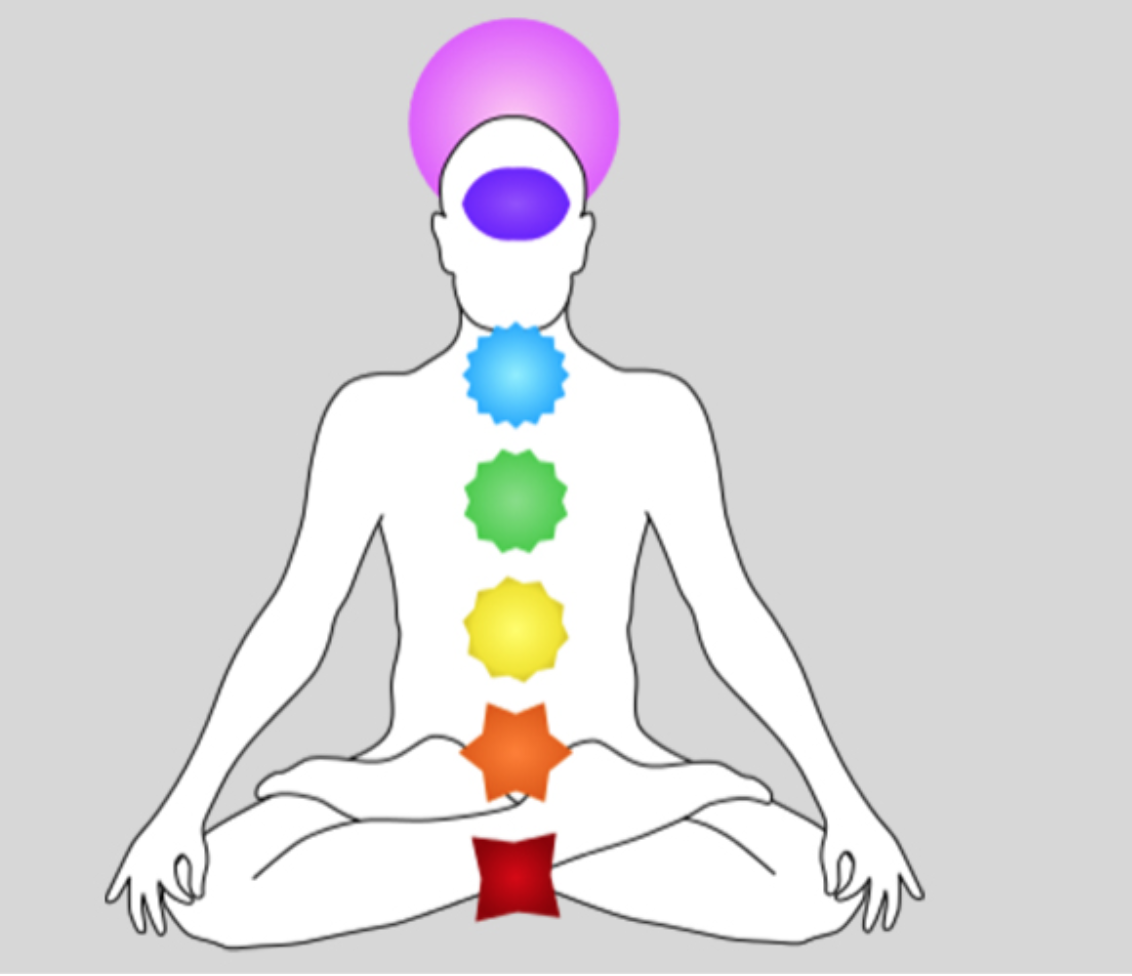Authors: Jessie Rozen, Angelica Socarras, Saylor Britt, Liza Lennox, Logan Fliegel

“Mindfulness meditation can be seen as involving two components: self-regulation of attention and non-judgmental awareness,” states Leonard, in the journal Frontiers in Psychology. He notes, “The practice involves training youth to attend to something as simple as the sensations associated with breathing. While our minds will invariably wander to other thoughts or get distracted by things in the environment, by repeatedly returning attention back to the breath in a non-judgmental way, we are building attentional capacity to interrupt the cycle of automatic and reactive thoughts.”
Yeah!YOGA is a non-profit organization that assists incarcerated and at risk youth by providing them with yoga classes and mindfulness practice to help them cope with their experiences and emotions. They work to “nurture youth’s physical and mental health, social emotional development, healing, and resilience to empower young leaders and help reduce carceral system involvement.” These classes compel the students to practice mindfulness through meditation which could assist them with the mental health components that coincide with the experiences they undergo during incarceration. This program also provides them with support and opportunities for after their sentence which may provide them with hope for their future and put an end to the perpetual cycle of incarceration. There are many ways that mindfulness and yoga can impact this demographic but here are the top five.
“According to experts talking about incarcerated adolescents, 70% have mental health disorders that often go unseen and untreated” (Nichols, Parker, and Kruse.) Solving mental health issues needs to be the number one priority, especially for the youth population in prisons, so they leave better than they were when they came into the prison. Without mindfulness programs in the carceral system, it can be highly challenging for incarcerated adolescents to get back on their feet. An examination of 250 incarcerated adolescents revealed that “97% were diagnosed with a mental health disorder, and 48% were diagnosed with post-traumatic stress disorder” (Nichols, Parker, and Kruse).
1. Self control

‘Mindfulness’ training improves self-control for youth in jail
Patience is a virtue, and young people that exhibit self control receive higher test scores and engage in less risky behaviors. Rachel Razza and her colleagues explored whether young children could build self-regulation skills by learning to practice mindfulness—the moment-by-moment awareness of our thoughts, feelings, and surroundings—as taught through a program called Yeah! Yoga, which uses a blend of yoga and mindfulness practices to appeal to young adults. Incarcerated youth show low self-control due to their at-risk behaviors. “Mindfulness training helps youth consider more adaptive alternatives,” says Bethany Casarjian. “They learn to not immediately act out on impulse, but to pause and consider the consequences of a potential offending and high risk behavior.” Increasing attention can help regulate self control, and that is exactly what mindfulness aims to do.

There have been high correlations connecting an improvement of emotion regulation shown in youth with yoga and other mindfulness techniques. When youth practice yoga, they feel more energized, focused, and happy. Yoga has been proven to have effective outcomes with enhancing self-esteem, emotional regulation, and positive feelings. Yoga is a strong predictor of emotional regulation among youth. With mindfulness techniques and yoga, there have been findings that indicate adolescents have emerged to have very high positive feeling statements and very low mean values to negative feeling attributes. Yoga helps you have a positive mental state which you feel better after participating in yoga, more content, and more at ease. It is easier to make more thoughtful and life-affirming choices when you are in a positive mindset and emotion.

Yoga has many benefits for anger management not only in a calming way but also in a way that introduces mindfulness which teaches them to deal with their anger for future circumstances. According to research from Frontiers in Psychology, yoga has significant impacts on anger management and the impulses that come stem from it. Yoga can help in overcoming an impulsive response to a situation. For example, the fight or flight response comes from the amygdala and makes way for impulsive actions. Yoga can teach the body to respond first with the prefrontal cortex, which regulates emotions, instead . This is because the actual practice of yoga requires one to be mindful of their breath and thoughts. It consists of poses that are complex and bend the body in unconventional ways. Thus it compels the person practicing to slow down and breathe through the sensations. This practice can be taken further and applied to everyday scenarios that can be stressful or unconventional so that the responses are less impulsive and more thought out. Several of these poses are also useful in relaxing muscles and releasing tension. Much stress and frustration is held in our muscles so releasing that through the practice of yoga can also assist in managing anger.

There have been numerous studies conducted that have found a correlation between yoga practices and improved self esteem in children and adolescents. Physical activity is known to improve self esteem in young children, and self esteem relates to children and young adults behaviors, memory, achievements, and interactions. In the research conducted, self esteem can be defined broadly as the “level of satisfaction with his/her achievements and the attitude that one has toward oneself” (Gulati et al.). The practice of yoga has been proven to increase mental energy and foster positive emotions, and decrease negative feelings of aggressiveness, depression and anxiety. Research has found that one of the main ways that yoga and mindfulness practices can improve self esteem is through the practice of managing stressful situations and lowering overall stress levels. Lowering stress is linked to higher levels of concentration, improved social skills, and higher levels of academic, social, and total self esteem. Learning new behaviors and tools is easier to implement at a younger age, the mindfulness taught from yoga can play a monumental role in the overall self esteem of a person throughout their life.
Gulati, Kankan et al. “Self-Esteem and Performance in Attentional Tasks in School Children after 4½ Months of Yoga.” International journal of yoga vol. 12,2 (2019): 158-161. doi:10.4103/ijoy.IJOY_42_18
To learn more about the benefits of yoga and its impacts on incarcerated youths visit our Instagram page

 NOLAbeings Multimedia artist Claire Bangser created NOLAbeings as a portrait-based story project that marries...
NOLAbeings Multimedia artist Claire Bangser created NOLAbeings as a portrait-based story project that marries...  Voodoo in New Orleans: Reviving history: New Orleans fortune telling This article takes a deep dive into the history of Voodoo in New Orleans, its hybridization with Catholicism, and its present-day place in the city's culture. The author visits fortune-tellers in the French Quarter, using their guidance as a tool for introspection rather than a deterministic predictor of the future. Through her experiences in New Orleans, the author feels a mystical connection to both the past and the future.
Voodoo in New Orleans: Reviving history: New Orleans fortune telling This article takes a deep dive into the history of Voodoo in New Orleans, its hybridization with Catholicism, and its present-day place in the city's culture. The author visits fortune-tellers in the French Quarter, using their guidance as a tool for introspection rather than a deterministic predictor of the future. Through her experiences in New Orleans, the author feels a mystical connection to both the past and the future. 